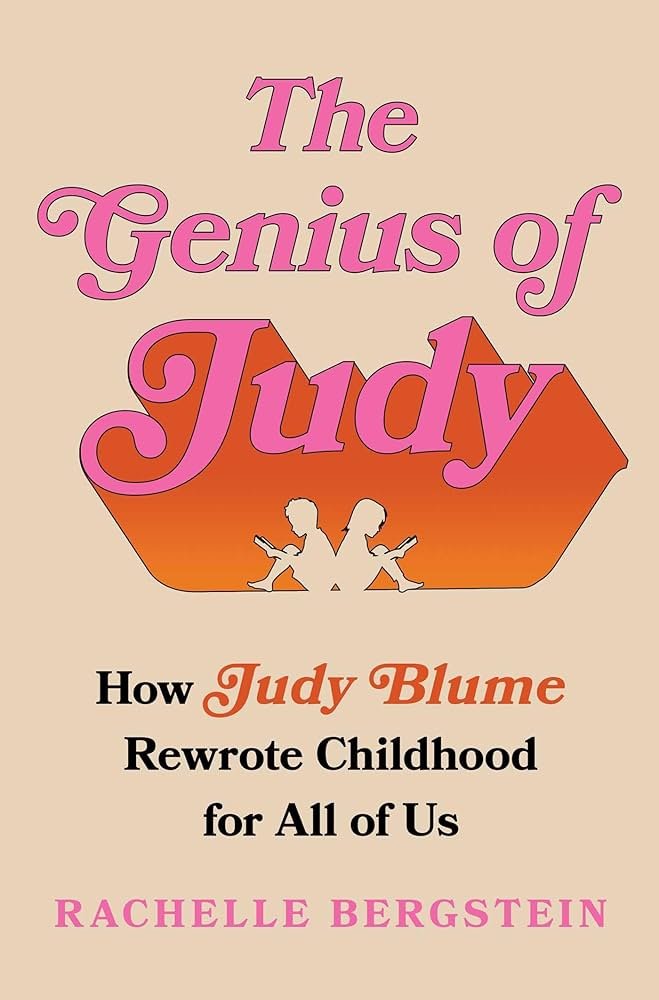The Blume-aissance: Creative Wisdom from Judy Blume
Judy Blume was once America’s most-banned book author. Today, she still writes fearlessly about everyone’s secrets. Photo by Karjean Levine via Getty Images.
Judy Blume’s story as a writer begins in the New Jersey suburbs of the ’60s. It was a time when Blume, like a majority of American mothers, stayed home to take care of the family. And just when she started to feel unsettled with that reality, she picked up her pen and traveled back in time to her childhood.
Blume always felt deeply connected to her childhood, so naturally, she started writing books for children. In fact, it had never occurred to her to write for a different age group. She wrote her truth — what it’s like as a young person to get your first period, or to have a crush, or all the other genuine thoughts and problems in the minds of most children. The very same ones, it so happens, that nobody likes to talk about.
She ran into some dangerous territory. In the ’80s, Blume was America’s most-banned author. (That’s how you know she was really good…) Still, she took to the page fearlessly, defending the power of the written word to connect children to their parents and the world around them; to tell the honest truth and, in the process, what it means to be the modern adolescent.
Yet, here we are again in the midst of culture wars and banned books. And still, the name Judy Blume gets any book lover immediately excited. Blume’s new biography, The Genius of Judy: How Judy Blume Rewrote Childhood for All of Us by Rachelle Bergstein, dives into this very subject, discussing why Blume’s words have been censored and the secret ingredient that makes her life’s work so relatable even today. (Especially today.)
Here, we visit some of Blume’s creative wisdom from a range of her works on what it means to lean into your creative side without the fear of censorship.
Each chapter of Rachelle Bergstein’s The Genius of Judy follows along Judy Blume’s life throughout the evolution of her incredible body of work. Purchase it from One Signal Publishers here.
“That’s not a bad word... hate and war are bad words, but f*ck isn’t.”
“Censors don’t want children exposed to ideas different from their own. If every individual with an agenda had his/her way, the shelves in the school library would be close to empty.”
“Fear is often disguised as moral outrage.”
“It’s not just the books under fire now that worry me. It is the books that will never be written. The books that will never be read. And all due to the fear of censorship. As always, young readers will be the real losers.”
“If you don’t have dreams, what do you have?”
“Something will be offensive to someone in every book, so you’ve got to fight it.”
“I don’t believe in writer’s block. There are good days when you’re writing and less good days.”
“The truth will make you odd.”
“Let children read whatever they want and then talk about it with them. If parents and kids can talk together, we won’t have as much censorship because we won't have as much fear.”
“My characters live inside my head for a long time before I actually start a book. They become so real to me, I talk about them at the dinner table as if they are real. Some people consider this weird. But my family understands.”
If you’d like to read more from Creative Factor, find our latest stories here. Or looking to tell your brand story? Introducing Creative Factor’s Storytelling Studio.


